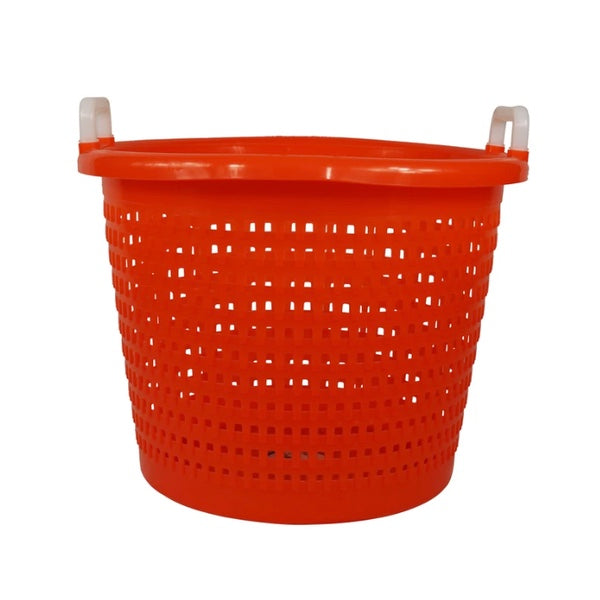
Storing Floatlines - Storage for Easy Deployment
Storing floatlines is always a struggle, and one of the biggest problems with having floatlines at all. Over the years, we have come up with several tips to help make storing floatlines easier. The two biggest factors are storage space and travel conditions.
Bait Sorting Basket or Bucket
One of the best ways to store a floatline is in a bait sorting basket, which are commonly used by fishermen as opposed to spearfishermen. Storing the floatlines in baskets works well on boats with plenty of deck space. The best way to store it is to rig up your floatline to your speargun first. Then, from the side of the floatline attached to the speargun, flake out the line into the basket. From there you can attach your float to the other side of the floatline. To deploy your floatline you just need to put your float into the water and let the current do its work, pulling the line out. The floatline should deploy tangle-free almost every time.
The other benefit to the sorting basket is that it doubles for equipment storage. It also has the benefit of draining well. If you have a wash basin after your trip, you can basically just dunk the entire basket and be packed for the next trip. A 5 gallon bucket also works with a similar function for floatline storage, but does not drain well.
Figure-Eight With A Floatline Hook
If storage and deck space are limitedm you can use a stick to hold the floatline together after you wrap up the floatline in a figure-eight. The figure-eight prevents loops from getting tangled within another section of the floatline. It is not as effective as just flaking out the floatline in a basket, but it does work.
Figure-Eight On A Speargun
This is a good way to manage a floatline while shore diving. You can prepare this method form the comfort of your home. You essentially use your speargun as a rigid stick to make a figure-eight using the spear shaft, the body of the speargun, and the handle to keep the floatline organized. No method is perfect however, and this one has its drawbacks. The biggest is that your floatline and speargun are not ready to be used as soon as you get in the water. You need to undo the figure eight manually and gradually while you are in the water. This isn't an issue until there are fish all around you as soon as you get in the water, then you'll be wishing your floatline would unravel quicker!
A Giant Tangled Mess
Anther option is to accept the giant tangled mess that is a floatline. This method is not recommended for several reasons. The biggest reason is that it can prevent you from landing big fish. This can be from the amount of time you waste trying to fix it in the water, or from actually shooting a nice fish and the resistance of a knot causing too much back pressure. Either way it is frustrating when that happens.The other reason to try and keep it organized is to prolong the life of your equipment. Knots in a line are a natural weak point in any line. If you have a bunch of knots in your floatline, it can compromise the integrity of the product.
The last concern is a tangled mess of a floatline should be your biggest safety concern. The risk of entangling yourself and drowning is large if you're ot careful. You should be wary of any large loops in the water. If a large fish suddenly takes off and you are entangled in your floatline, you have a real risk of drowning. Always keep safe in the water.
